Thriving livelihoods behind Bac Giang’s economic forests
BAC GIANG – Leveraging its natural advantage in forest resources, Bac Giang Province has recently ramped up commercial afforestation efforts, with primary crops including acacia and hybrid eucalyptus. Annual revenue from forestry continues to grow, helping many local households earn a living. This not only contributes significantly to poverty reduction and improved incomes for upland communities, but has also created numerous forestry millionaires and even billionaires.
Son Dong District stands out for its vast forestry potential, with more than 66,200 hectares of forest and forest land, including over 47,000 hectares of production forest. On average, each household in the district owns over 2 hectares of commercial forest land.
 |
|
Commercial forest plantations in Tan Moc Commune (Luc Ngan) and Nam Duong Commune (Chu Township). |
In communes with large areas of planted forests—such as An Lac, Tuan Dao, Huu San, Giao Liem, Van Son, Long Son and Duong Huu—the rural landscape has undergone positive change.
Thanks to forestry, many families have escaped poverty, sent their children to school, and invested in modern household appliances, signaling a rising standard of living.
The commercial forestry sector has also given rise to a number of affluent individuals earning from billions to tens of billions of VND annually.
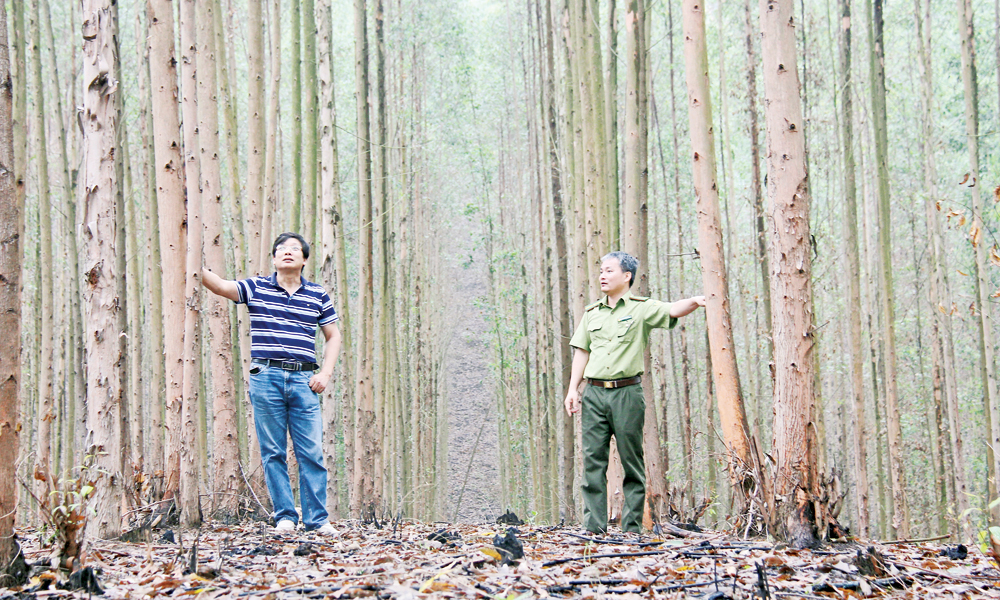 |
|
Forestry operations of Yen The Forestry Co., Ltd. |
Notable examples include Nguyen Van Muoi from Nam Duong Commune (Chu Township); Le Minh Tuan, Nguyen Thi Huong and Nguyen Van Tuan, all from Dong Hung Commune (Luc Nam District); and Nguyen Van Dieu from Xuan Luong Commune (Yen The District).
Several forestry companies have also achieved success, such as Luc Ngan Forestry Co., Ltd. and Yen The Forestry Co., Ltd., creating jobs for many local workers.
Due to its high returns, the movement to plant commercial forests has spread widely, especially in ethnic minority areas. Today, forestry has become a vital pillar of the mountainous districts’ economies.
To ensure sustainable growth, Bac Giang authorities have actively supported the development of the forestry sector.
In addition to allocating land and forest usage rights, the government has prioritized producing quality seedlings, subsidizing saplings, and transferring technical know-how to forest growers. This includes best practices in planting and nurturing forest trees to optimize yield.
Forest owners have increasingly applied modern science and technology in silviculture and intensive farming to ensure a stable supply of high-quality raw materials for processing and export.
The province’s key tree species for production forests include Acacia mangium, hybrid acacia propagated through tissue culture or cuttings, and hybrid eucalyptus.
These efforts have helped form concentrated raw-material zones that serve the wood-processing industry, notably in districts such as Son Dong, Luc Ngan, Luc Nam, and Yen The.
According to the provincial Department of Agriculture and Environment, Bac Giang now has over 157,000 hectares of forest land, including more than 120,000 hectares designated for production. The rest consists of protection forests, special-use forests, and unplanted forest land zoned for forestry development.
Most forest areas have already been allocated or leased out for management and use, categorized under various entities such as protection forest management boards, forestry companies, economic organizations, households and communities.
Each year, the province plants 8,000 to 8,500 hectares of concentrated forest and grows 3 to 3.5 million scattered trees.
In 2024 alone, Bac Giang harvested over 11,300 hectares of planted forests, yielding more than 1.4 million cubic meters of timber.
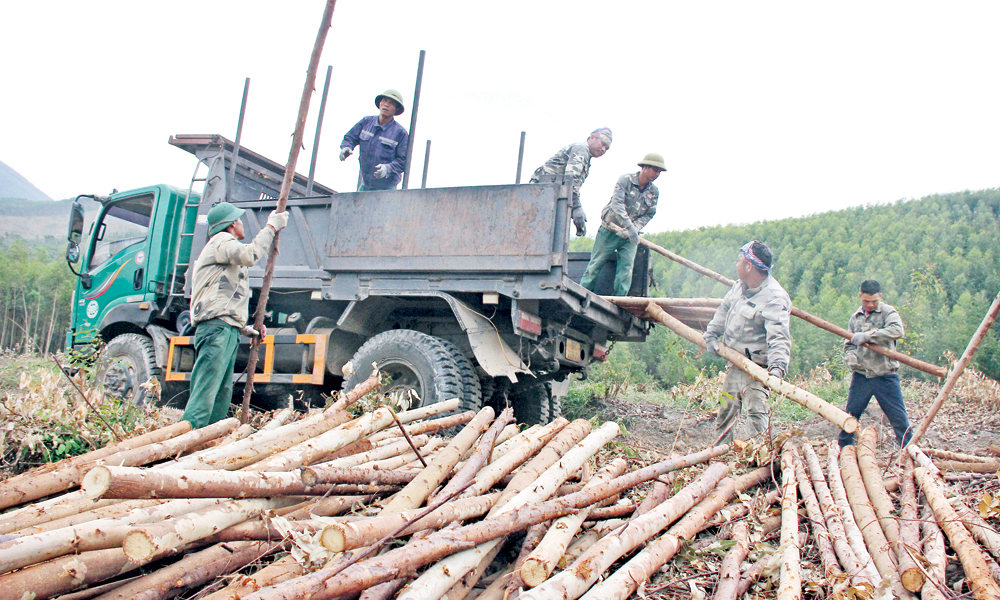 |
|
Local residents harvest plantation timber in Nam Duong |
The average yield reached approximately 125 cubic meters per hectare over a 5-year cycle—an increase of 324,349 cubic meters compared to 2023. Forestry production value was recorded at 2.363 trillion VND, up 7.4% year-on-year.
Notably, the province currently boasts nearly 5,000 hectares of eucalyptus plantations with yields exceeding 30 cubic meters per hectare per cycle, with some plots reaching 40 cubic meters per hectare.
This has helped Bac Giang become the leading locality in northern midland and mountainous provinces for plantation timber output.
 Bắc giang
Bắc giang

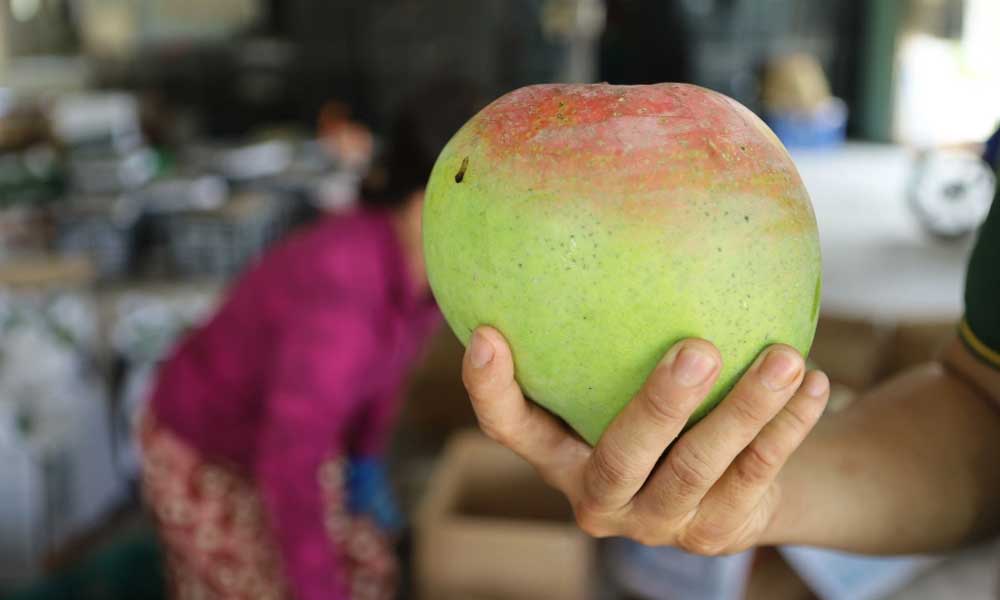
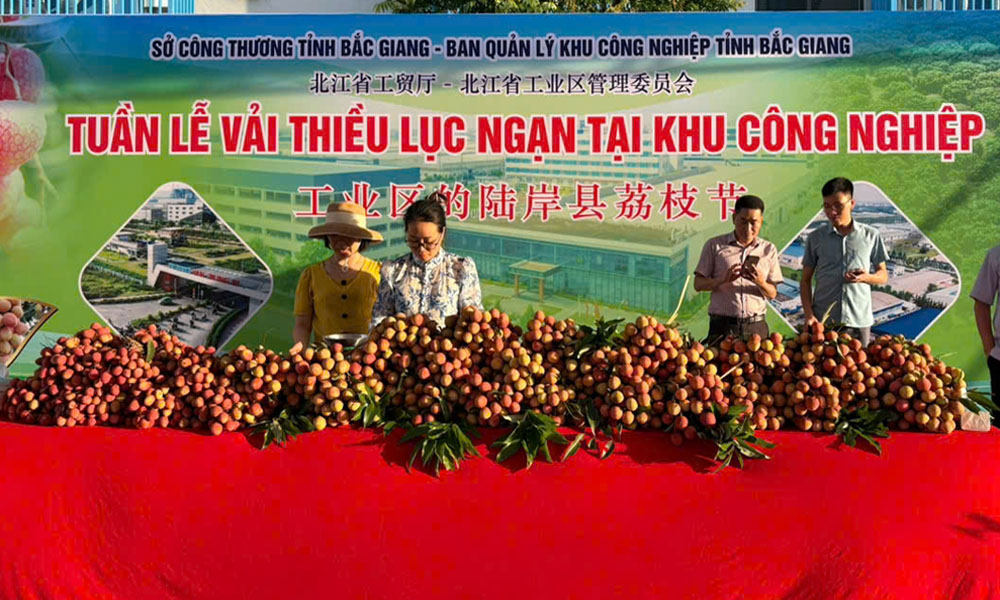

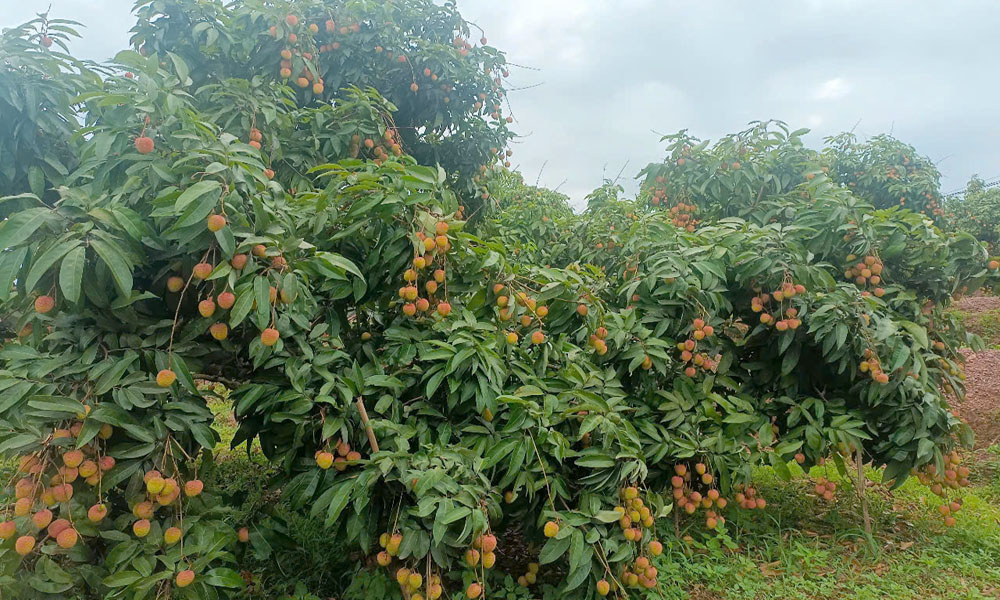


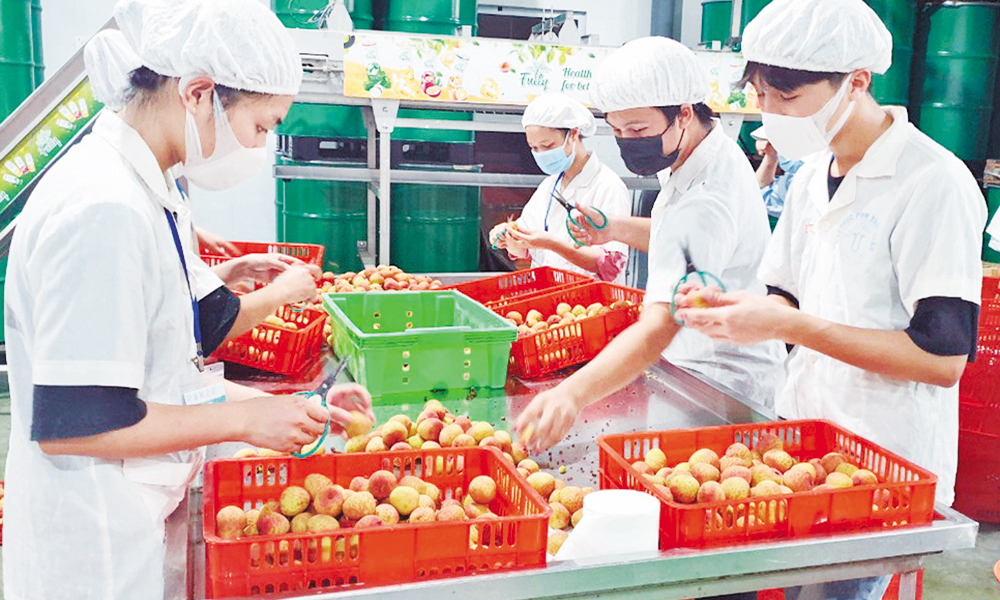





Reader's comments (0)